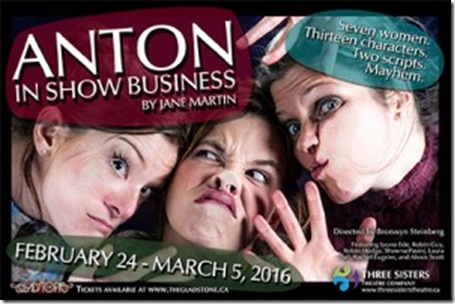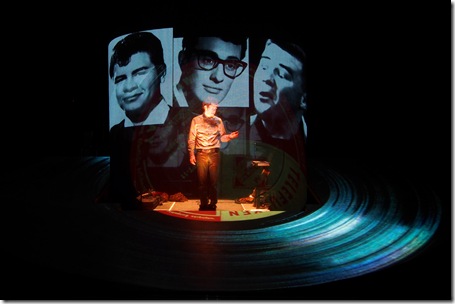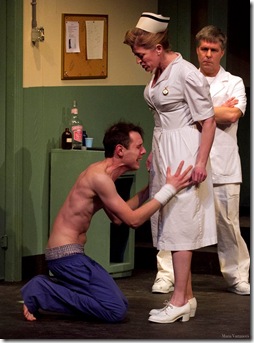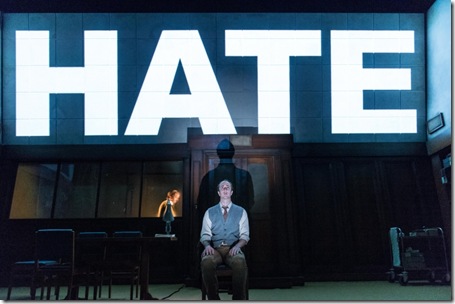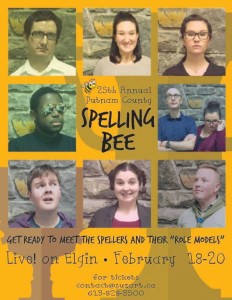Strong performances can’t save a weak script and staging in Anton in Show Business
Audiences at Anton in Show Business, from Three Sisters Theatre Company, get to glimpse the backstage drama as a group of misfits try to stage Anton Chekhov’s The Three Sisters. But as economic pressures and personal narratives unravel, the show becomes the background track to their quirky antics. The play parodies the New York theatre scene through a throng of one-dimensional characters, satirizes equity in the theatre, and makes digs at the impossibility of artistry. It’s a play that leans into its sense of irony, and it’s built for the audience who knows a thing or two about the realities of living and working in the arts.
The play unfolds on two levels. On one level, the characters are trying to put on The Three Sisters. On the other, they are aware that they are simply portraying characters who are putting on a play. The play employs this “metatheatrical” guise principally to satirize the convention. It is gimmicky by design.
